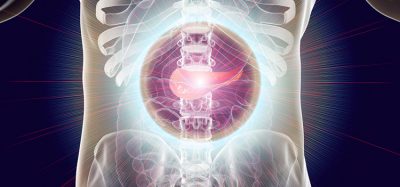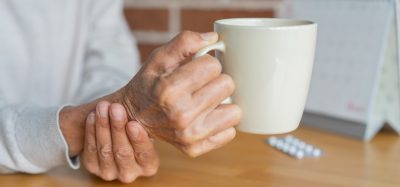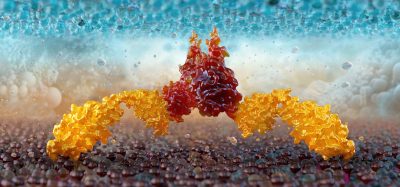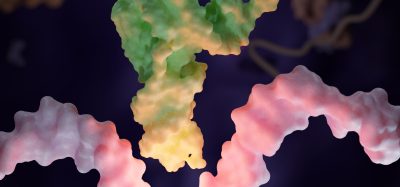Mouse study shows lab-grown, self-sustainable muscle cells could repair diseases such as muscular dystrophy
Posted: 11 May 2022 | Ria Kakkad (Drug Target Review) | No comments yet
A new study highlights how scientists have successfully cultivated human muscle stem cells capable of renewing themselves and repairing muscle tissue damage in mice, findings that could lead to therapeutics to treat muscular dystrophy disorder.
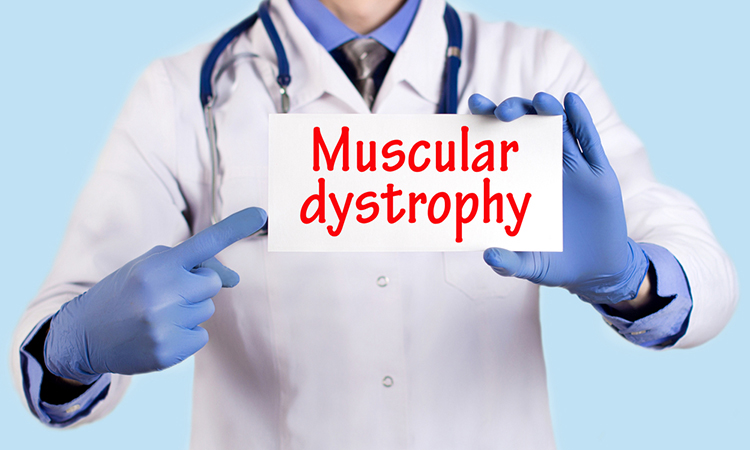

Scientists from John Hopkins Medicine, US, have successfully developed human muscle stem cells able of renewing themselves and repairing muscle tissue damage in mice, potentially advancing efforts to treat muscle injuries and muscular dystrophy patients. The findings were recently published in Cell Stem Cell.
To make the self-renewing stem cells, the scientists began with laboratory-grown human skin cells that were genetically reprogrammed to a more primitive state in which the cells have the potential to become almost any type of cell in the body. At this point, the cells are known as induced pluripotent stem cells (iPSC), and they are mixed with a solution of standard cell growth factors and nutrients that nudge them to differentiate into specific cell types.
In the laboratory, scientists have long been able to transform iPSC into various types of cells, including skin and brain cells. What has been far more difficult is the ability to turn iPSCs into self-renewing stem cells for a particular organ.
In proof-of-concept experiments with mice, the research team sought to determine where the newly developed cells would migrate in living animals, and if they could repair damaged tissue.
The team reported that when they injected the muscle stem cells into the mouse muscles, the cells moved to an area of the muscles known as the niche, where other natural muscle stem cells are typically found, and stayed there for more than four months.
The research team then used two different methods to determine if the muscle stem cells would repair damaged tissue.
In one method, the researchers transplanted the muscle stem cells into mice genetically engineered and bred without an immune system to avoid rejection of the transplanted cells. They then exposed the animals to a muscle-degrading toxin and radiation to eliminate muscle stem cells already existing within the mouse.
At the site of the toxin and radiation damage in the muscle tissue, the researchers found that the transplanted human muscle stem cells developed into myoblasts, a kind of muscle construction cell that repairs damage by fusing together and developing the microfibers that characterise normal muscle. They also found that some of the transplanted human muscle stem cells migrate to the niche and behave like muscle stem cells naturally found within the mouse.
NEWS: Study shows muscular dystrophies can be repaired with CRISPR-Cas9
READ MORE
In a second set of experiments, the researchers transplanted the muscle stem cells into mice genetically engineered with a mutation in the dystrophin gene, which results in Duchenne muscular dystrophy, a muscle wasting disorder in mice and humans.
The researchers found that transplanted muscle stem cells travelled to the muscle niche area. Over several months, tests showed the transplanted mice were able to run twice as far on mini treadmills than untreated mice, a measure of muscle strength.
The research team plans to study the use of the cells in mouse models of other muscle-related conditions for their potential use in sports medicine, trauma, and age-related muscle loss.
Related topics
Cell Regeneration, Disease Research, Induced Pluripotent Stem Cells (iPSCs), Therapeutics
Related conditions
Duchenne muscular dystrophy
Related organisations
John Hopkins Medicine



